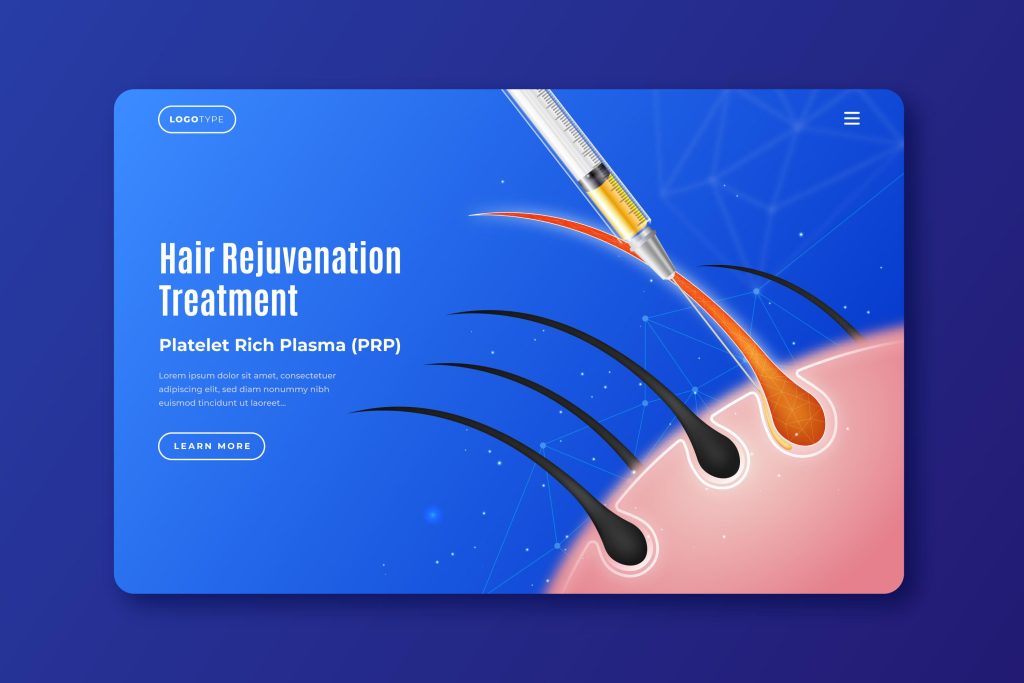Platelet-Rich Plasma (PRP) Therapy for Hair Growth: A Comprehensive Guide
Understanding PRP Therapy
Platelet-Rich Plasma therapy harnesses your body’s natural healing factors to stimulate hair growth. The treatment involves drawing your blood, processing it to concentrate the platelets, and injecting this growth factor-rich plasma into your scalp. These concentrated platelets contain powerful proteins and growth factors that can help rejuvenate dormant hair follicles.
How PRP Works for Hair Growth
When injected into the scalp, PRP releases growth factors that:
- Stimulate inactive hair follicles to enter an active growth phase
- Increase blood supply to the hair follicles
- Enhance the thickness of existing hair shafts
- Prolong the growing phase of the hair cycle
- Reduce inflammation that may contribute to hair loss
The Treatment Process

A typical PRP session follows these steps:
Blood Collection: A medical professional draws blood from your arm, similar to a routine blood test.
Processing: Your blood is placed in a centrifuge machine that spins at high speeds, separating the platelet-rich plasma from other blood components.
Preparation: The concentrated platelets are extracted and prepared for injection.
Administration: Using very fine needles, the PRP is injected into specific areas of your scalp where hair growth is desired.
Treatment Timeline and Results
Initial Treatment Phase: Most practitioners recommend three initial treatments spaced 4-6 weeks apart. This establishes a foundation for hair regrowth.
Maintenance: After the initial phase, maintenance treatments are typically needed every 4-6 months to sustain results.
Expected Results:
- Decreased hair loss typically noticed within 2 months
- New hair growth usually visible within 4-6 months
- Maximum results often seen around 12 months
- Individual results can vary significantly
Ideal Candidates
PRP tends to work best for:
- People with androgenetic alopecia (male/female pattern baldness)
- Those in early stages of hair loss
- Patients with areas of “weak quality” hair growth
- Individuals looking to improve hair density
- Those who want to combine it with other hair loss treatments
Cost and Availability
Treatment costs typically range from $500-$2,000 per session, depending on:
- Geographic location
- Provider expertise
- Treatment area size
- Number of sessions needed
- Combined treatments
Safety and Side Effects
PRP is considered very safe because it uses your own blood. Common minor side effects include:
- Mild pain at injection sites
- Temporary scalp tenderness
- Minor swelling
- Mild bruising
- Itching
Advantages of PRP Therapy
- Minimally invasive procedure
- Natural approach using your own blood
- No risk of allergic reaction
- Little to no downtime
- Can be combined with other treatments
- Suitable for both men and women
Limitations and Considerations
While promising, PRP has some limitations:
- Results vary between individuals
- Multiple sessions are required
- Regular maintenance needed
- Not effective for completely bald areas
- Best results in early stages of hair loss
- Insurance typically doesn’t cover treatment